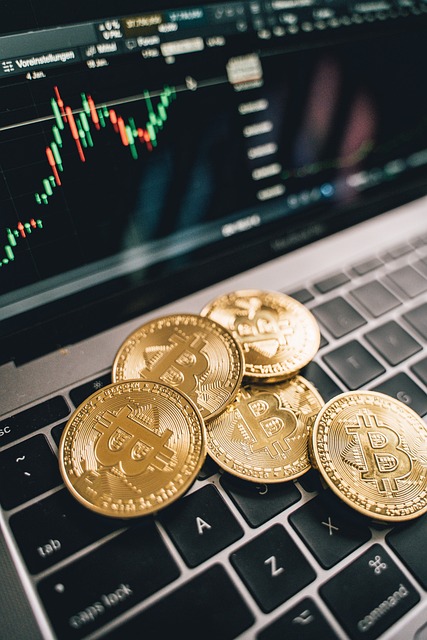The world of finance has undergone a significant transformation with the emergence of Decentralized Finance (DeFi). DeFi refers to financial systems that operate on blockchain technology, enabling secure, transparent, and decentralized transactions. In this article, we will delve into the trends shaping the DeFi landscape, explore its key features, and discuss the future prospects of this rapidly evolving industry.
For those new to the concept of DeFi, it’s essential to understand that it builds upon blockchain technology, which provides a secure, decentralized, and transparent platform for financial transactions. This is in contrast to traditional finance systems, which are often centralized, opaque, and vulnerable to manipulation.
In recent times, there has been an increase in interest in DeFi due to its potential to disrupt the traditional financial system. With the rise of cryptocurrencies like Bitcoin and Ethereum, DeFi has become more accessible, leading to a surge in innovation and development within this space.
DeFi is not just about lending and borrowing; it encompasses a broader range of financial activities, including yield farming, staking, and prediction markets. These activities enable users to participate in the financial system, earning rewards and income through their participation. For instance, yield farming involves depositing funds into a liquidity pool, where they are used to generate interest or other returns.
Another key aspect of DeFi is its focus on decentralization. This means that DeFi platforms operate without the need for intermediaries like banks and financial institutions. Instead, transactions are facilitated through smart contracts, which are self-executing contracts with the terms of the agreement written directly into lines of code.
Ethereum, as a platform, has played a significant role in the development of DeFi. Its decentralized application (dApp) ecosystem has enabled the creation of numerous DeFi protocols and platforms. Additionally, Ethereum’s smart contract functionality has facilitated the deployment of complex financial instruments on the blockchain.
Some notable trends shaping the DeFi landscape include the increasing adoption of decentralized lending protocols like MakerDAO and Compound. These platforms offer users a safe and secure way to borrow or lend funds, with interest rates determined by market forces rather than intermediaries.
Another trend gaining traction is the rise of decentralized exchanges (DEXs). DEXs enable users to trade cryptocurrencies without the need for intermediaries like traditional exchanges. This has significant implications for the way we think about trading and financial transactions on the blockchain.
The future of DeFi looks bright, with many experts predicting significant growth and adoption in the coming years. As regulatory clarity increases, more people will begin to participate in this emerging space, driving innovation and development forward.
However, there are also challenges that need to be addressed. Regulatory uncertainty remains a major concern, as governments and institutions grapple with how to regulate DeFi activities. Additionally, security concerns are always present, as any smart contract or decentralized platform can be vulnerable to exploits.
In conclusion, DeFi is an exciting space that has the potential to disrupt traditional finance systems. By understanding its key features, trends, and challenges, we can navigate this emerging landscape with confidence. As we move forward, it’s essential to stay informed about the latest developments in DeFi and to participate in the conversation around its future.
Tags: decentralized-finance-defi, blockchain-technology, cryptocurrency-markets, lending-protocols, decentralized-exchanges



